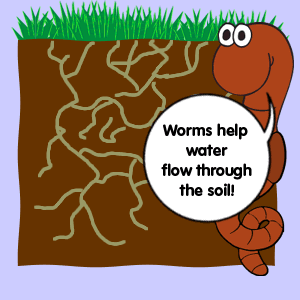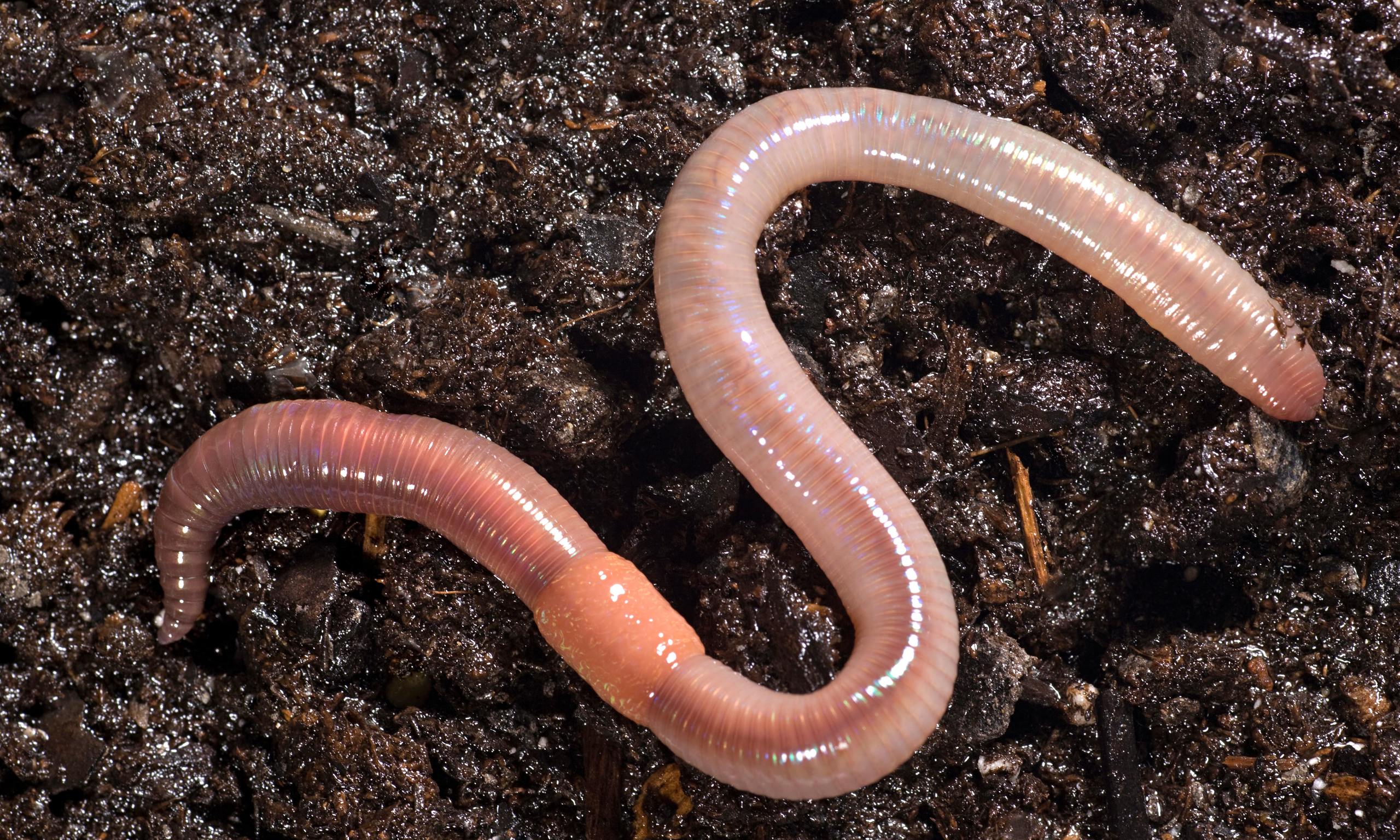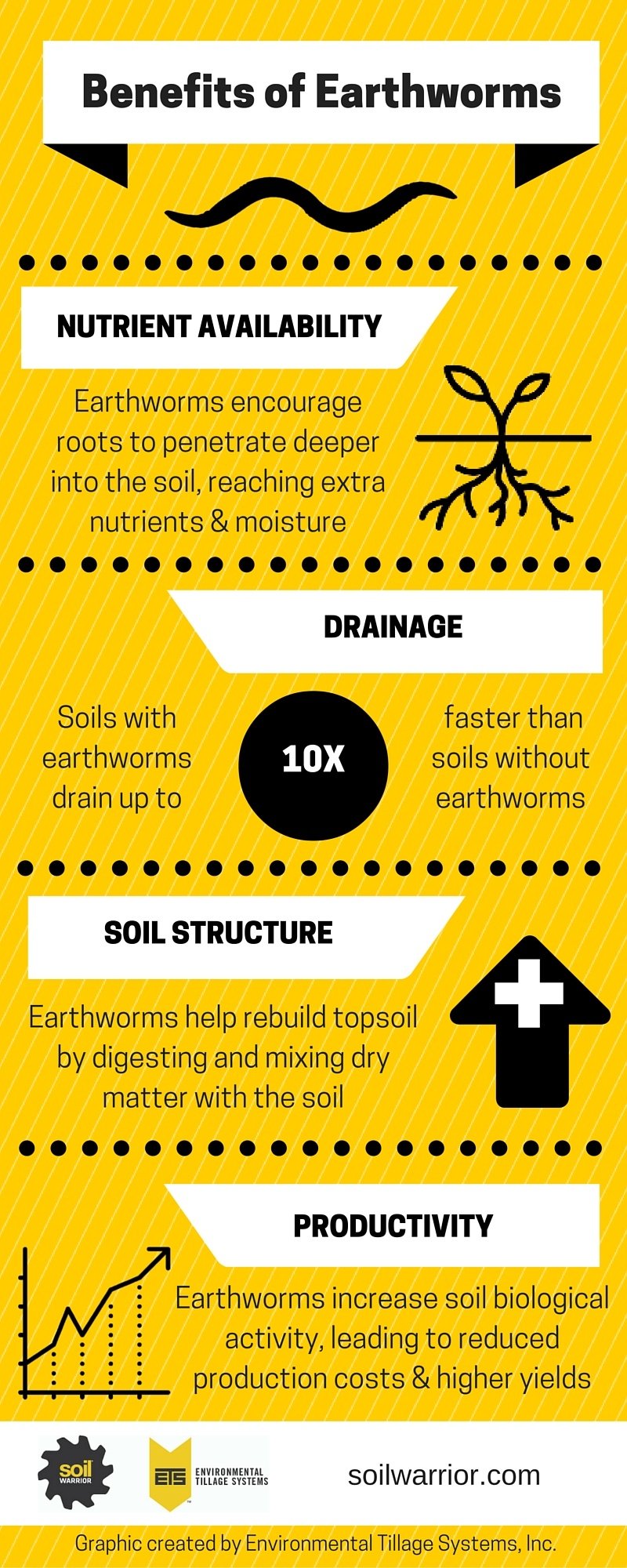The Single Strategy To Use For North Carolina Worms
The Single Strategy To Use For North Carolina Worms
Blog Article
9 Easy Facts About North Carolina Worms Described
Table of ContentsThe Facts About North Carolina Worms RevealedThe Facts About North Carolina Worms Uncovered3 Easy Facts About North Carolina Worms ExplainedNot known Incorrect Statements About North Carolina Worms
Instance: 1-gallon of worm castings to 4 gallons of potting mix. Do NOT make use of a potting mix that has chemical fertilizers in it. Check out the labelit will certainly state. 1/2 mug in all-time low of the growing opening for smaller plants. 1 mug for larger plants. ie. tomatoes, environment-friendly peppers, summer season squash, and so forth.
The addition of tea can additionally include enhanced microbial biomass to your soil. You can constantly side-dress your plants with worm castings at any moment. Simply keep in mind, the microbes will die if revealed to UV rays (Sun), so make sure to cover the spreadings with an inch approximately of dirt.
This baffled them for years till the testing approaches ended up being much better. It would obtain much better(with even more spreadings), level off, and after that decline. As well several worm castings would increase the growth to a speed that the plant can not recover from.
The North Carolina Worms Diaries
Lots of herbicides function on this same principle. 20% by volume seems to be the "Dessert Spot". I have stated the virtues of worm castings for concerning 2000 words. What about the other side of the coin? Nothing is perfect. Worm spreadings are no various. It takes time to create quality worm castings.
Worm castings definitely set you back more than chemical fertilizers. Worm spreadings are on the less expensive end of organic plant foods. (50 gallons per year) It is a much tougher and really costly financial investment to create large amounts of worm spreadings.

Developing a healthy dirt may be the best benefit of worm spreadings. We talked about worm spreadings NPK and additionally the appropriate nutrient analysis that need to apply to worm spreadings.
North Carolina Worms Fundamentals Explained
Finally, we discussed a few of the negative aspects connected with worm castings. I covered a lot of material in this short article. There are a whole lot of links (internal and outside). If you would certainly such as more information on a particular subject, please click with the links to find out more. As always, feel complimentary to comment or ask inquiries.
The vertical burrows are commonly open, although the worms cover the leading with residue and waste matter. Roots need oxygen for their growth, whereas they generate carbon dioxide that requires to leave the soil.
Earthworms enhance porosity by two mechanisms: (1) by developing irreversible burrows, and (2) by boosting dirt aggregation. Aggregation is boosted by the blending of soil and raw material in the earthworms' digestive tracts. Lenoir NC Worms For Sale. These highly stable accumulations are deposited by some earthworms in their burrows, and by others at the surface area of the dirt


In an additional study, earthworms were estimated to consume 4 to 10 percent of the top 6 inches of the dirt each year. Dirt compaction reduces the porosity of the dirt.
The 3-Minute Rule for North Carolina Worms
Regular earthworm populaces can easily consume 2 loads of dry issue per acre annually, partly digesting and mixing it with dirt. The value of earthworms to mix surface deposit with dirt ends up being very clear in dirts that do not have any type of earthworms. The majority of our Pennsylvania soils contend least some earthworms, and the effect of their total absence, for that reason, can not be noted.
(https://www.poordirectory.com/North-Carolina-Worms_456280.html)In these soils, the development of topsoil with affordable raw material web content did not happen, resulting in bad crop growth. Once the cause was established, the government of the Netherlands started a campaign to introduce earthworms. After the introduction of the earthworms, a dark topsoil layer was developed, and plant growth increased substantially.
They live mainly from partially decayed natural matter that is already incorporated in the soil. These varieties ingest large quantities of soil that they mix with absorbed plant residue in their intestines.
Their burrows continue to be open, although they top the leading with crop residue that they pull to the entrance. These types consume significant quantities of soil that they mix with absorbed residue in their guts. Their waste matter is mostly deposited at the surface area of the soil. The nightcrawler Lumbricus terrestris is one of the most noticeable member of this group.
Report this page